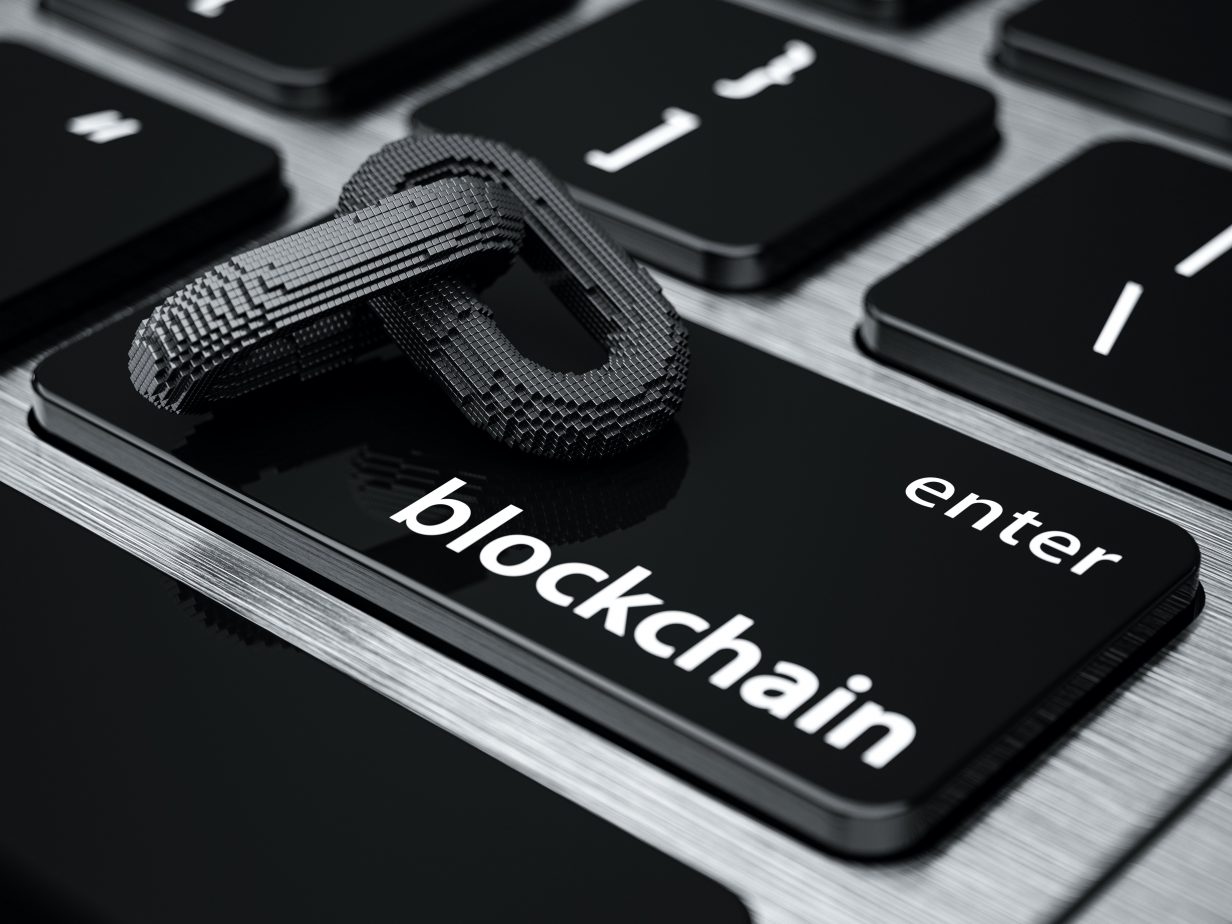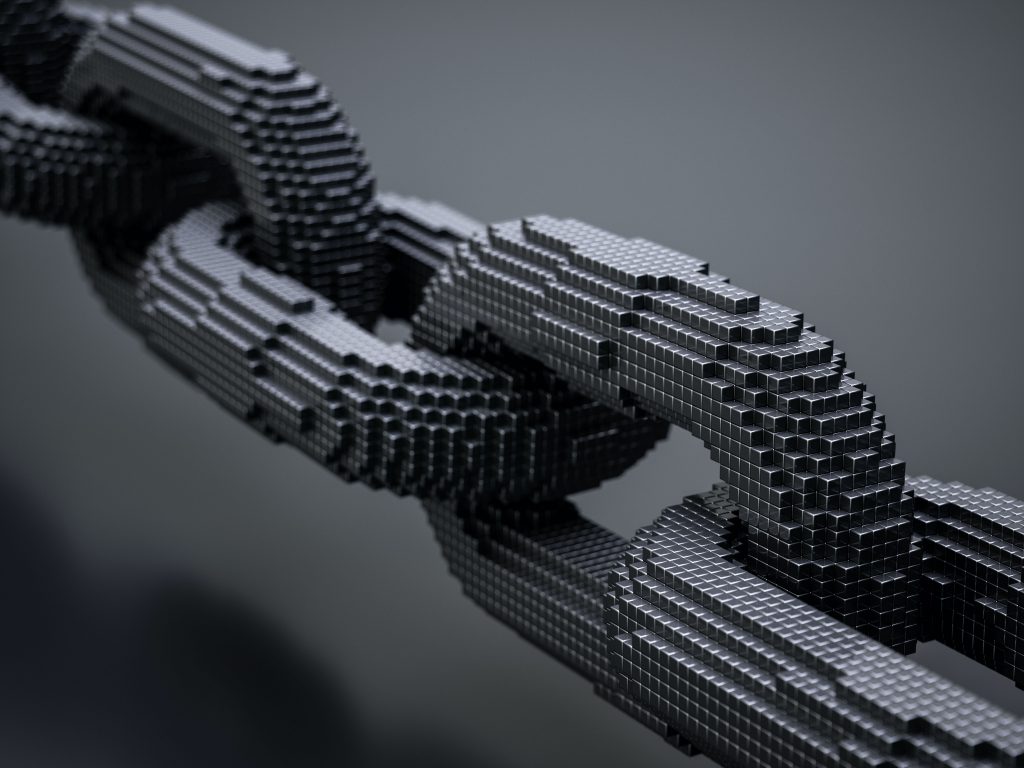
1.8 Blockchain Summary
Over the last 7 blog posts we have delved into every area possible to breakdown the complexity behind Blockchain and introduce more people to this advanced technology. A lot of information has been shared and it may be a lot to take in, so before we move onto a new topic, we are going to summarise everything we have covered so far.
What is a Blockchain?
In 1.1 What is a Blockchain? (Part 1 of 2), we shared our current definition for Blockchain and explained how together we want to simplify it further. Below is the exact definition, because so far, we haven’t thought of a better version, but as always if you have any thoughts head over to our social media channels to let us know.
‘Blockchain’, is an innovative database shared across a network of computers, securely storing information, transactions etc. (the list is limitless).
BlockUno, 2020
Understanding the basics and fundamentals of this advanced technology is imperative and creates foundations for both learning the additional complex details and for adopting the system into your life. A Blockchain is simply a shared ledger, a database that contains all the relevant information. All supporting stakeholders can access the information stored, whilst promising a secure environment to complete such tasks. Blockchain is aiming to support the work of many, across many industries and offer a safe alternative to the current solutions available.
1.2 What is a Blockchain? (Part 2 of 2) opens up the ever-confusing discussion of understanding the difference between Blockchain and Bitcoin/Cryptocurrencies. In short, without Blockchain, Bitcoin/Cryptocurrencies are not possible. Blockchain is the technology (the foundations), that allows users to create an endless variety of applications (not just Bitcoin).
Furthermore, Blockchain is mostly recognised in the finance sector, but that’s because the most famous telling of this technology was the first public appearance during the financial crisis in 2008. Blockchain was the answer to the devastating situation and would be a better alternative, replacing our current problematic transaction methods. Blockchain is more cost effective, efficient and safe and secure. Whilst our current transaction methods have a number of limitations that we only recognise when they are highlighted to us.
How do Blockchains work?
As with anything, before using Blockchain, understanding how it works supports your ability to operate the technology at its full potential. Here we will breakdown how Blockchains work in the simplest way, but more information can be found in 1.3 How do Blockchains work?
Think about the illustrations you have seen for Blockchain and how the diagrams are presented. It tends to be a block followed by a chain, connected to another blog and the pattern repeats. Those illustrations are as accurate as it gets. Every time a transaction is made (information is added), it creates a block and all data is stored together. That specific block will have a unique hash and once the final details have been confirmed it can’t ever be accessed for editing or removing. As a new block is added to the chain, the unique hash from the previous block is used to connect them together and this process is repeated every time a new transaction is made within your system.
Who invented, owns and controls the various Blockchains?
A curious investigation for everyone, who is behind the identity of ‘Satoshi Nakamoto’? Blockchain enthusiasts haven’t received much information about the inventor of Blockchain, but there are differing clues available (many highlighted in 1.4 Who invented, owns and controls the various Blockchains?) and many people are still wanting to get to the bottom of it. However, we can confidently say that no one owns or controls any Blockchain. Due to the nature of the technology, Blockchains are powered using the computing energy of all participants devices. When Blockchain was realised to the public it used an open source code, so it was basically granted as a gift to the general public, but we just don’t know who to thank for inventing it and making it available to us.

What can Blockchains do?
To understand what Blockchains can do, the five characteristics need to be understood. All of these were covered in more detail in 1.5 What can Blockchains do? but below we have summarised them to ensure the key information has been shared.
Consensus
Checks are completed by majority of the stakeholders on the Blockchain to confirm the validity of the data being added, once confirmed the block is created.
Provenance
Information stored is accessible to all users, everyone has complete transparency, creating a level of trust between individuals.
Security/Immutability
Once a block has been added it isn’t possible to make any amendments to that specific block.
Availability
Powered by the computing power of the individuals involved, a Blockchain is always available and it is almost impossible for the network to go down.
Finality
Once transactions are made and added to the Blockchain, it can never be removed and is visible for everyone to see, giving clear ownership of any assets and transactions recorded.
What is Blockchain used for?
1.6 What is Blockchain used for? Shared a range of real-life examples where Blockchain can be used and it spans across a variety of different industries. Supply Chain, Gaming and Digital Identities to name a few. But the list we have shared is still a snippet of where Blockchain can be adopted to support some tasks.
At BlockUno, we believe Healthcare is the sector that can benefit greatly from Blockchain, especially in the current environment. If everyone had their medical records and details stored using Blockchain technology, it would be readily available to everyone and at this time could support the testing for a Covid-19 solution. However, due to the current system, researchers have had to complete their own studies and spend time collecting data, which could be avoided if Blockchain was adopted.
What do we need to be aware of with Blockchain?
Blockchain has its positives and we have highlighted these areas throughout our blog posts, but in 1.7 What do we need to be aware of with Blockchain? We exposed the drawbacks and highlighted the key points you need to know before adopting Blockchain.
Blockchain has got some hidden costs, mainly related to how much computer power is needed to ensure the system is running. Bitcoin alone used more computer power in 2019 than the entire of Switzerland did. There are also some regulation issues due to no one having complete control of the network. It can be a risky environment and some people have learnt the hard way already. It is always the quickest option, but that depends on how many transactions are trying to be created at one time. Meaning for some businesses it isn’t the right solution just yet, but measures are being taken to improve this drawback. And finally, the one we are trying to challenge, is due to the complexity of the topic, users can’t appreciate all the benefits this advanced technology offers. But hopefully by reading all our blogs, that understanding is there and this drawback isn’t relevant to you.
What will we discuss next?
We may have closed section 1 and uploaded all the content we had planned, but that doesn’t mean the discussions end here. Keep communicating with us on social media and share our content with your family and friends to get them on board with understanding blockchain, because our future content leads on and is related to the ‘blockchain; world.
No Comments